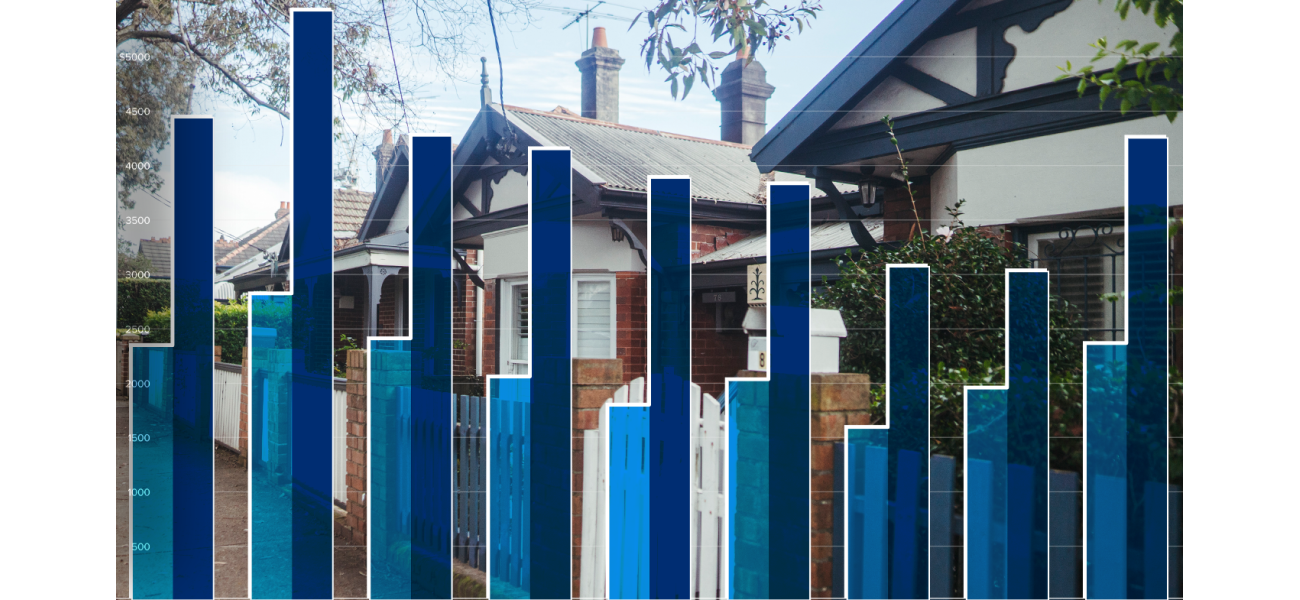Homeowners are struggling as the frequency of holidays has increased to one per month.
Property prices and interest rates are high, causing a difficult situation with no expected improvement.
September 19th 2024.

According to recent analysis of lending data by financial comparison site Mozo, it seems that Australians are feeling the financial strain of the pandemic more than ever before. In fact, the average monthly mortgage repayment has skyrocketed by a staggering $2100 since 2019. And as Mozo's personal finance expert Rachel Wastell points out, that's no small amount of money. In fact, it's enough to cover the cost of a family holiday every single month.
The situation is particularly dire in New South Wales, where homeowners are facing an average repayment of $5429 per month, a jaw-dropping increase of $2609 from just a few years ago. And it's not much better in other states - Queensland and South Australia have seen their respective figures more than double, while Victoria has experienced a 75% jump in monthly repayments. So why is this happening?
Well, as Wastell explains, there are a few factors at play. On one hand, the demand for housing has far outpaced the supply, creating a fierce competition in the market. This has led to a surge in house prices, forcing buyers to take on larger loans in order to purchase a home. And as more people flock to states like Queensland, Western Australia, and South Australia in search of more affordable housing, prices have continued to rise.
But it's not just the housing market that's causing financial strain for Australians. The other part of the equation is the increase in interest rates. In just a year and a half, the Reserve Bank has raised the official cash rate target from 0.10% to 4.35%, resulting in homeowners going from paying under 4% interest on their mortgages to almost 7%. And while there is hope for rate cuts in the future, it's unlikely to provide any immediate relief.
In fact, economists believe there is only a 10% chance of a rate cut at the next RBA meeting, despite the recent decision by the US Federal Reserve to drop interest rates by 50 basis points. This is largely due to the fact that Australian unemployment remains steady, as new data has shown. As Canstar's data insights director Sally Tindall explains, the RBA has already stated that rate cuts this year are unlikely, and recent data does not seem to have changed their stance.
So, what can borrowers do in the meantime? Wastell suggests that shopping around for home loans is crucial in a market where people are taking on larger loans just to secure a home. By comparing different loan options and securing the lowest possible rate, borrowers can potentially save thousands of dollars in the long run. As Wastell aptly puts it, it's important to focus on what can be done in the present, rather than relying on potential rate cuts from the RBA.
The situation is particularly dire in New South Wales, where homeowners are facing an average repayment of $5429 per month, a jaw-dropping increase of $2609 from just a few years ago. And it's not much better in other states - Queensland and South Australia have seen their respective figures more than double, while Victoria has experienced a 75% jump in monthly repayments. So why is this happening?
Well, as Wastell explains, there are a few factors at play. On one hand, the demand for housing has far outpaced the supply, creating a fierce competition in the market. This has led to a surge in house prices, forcing buyers to take on larger loans in order to purchase a home. And as more people flock to states like Queensland, Western Australia, and South Australia in search of more affordable housing, prices have continued to rise.
But it's not just the housing market that's causing financial strain for Australians. The other part of the equation is the increase in interest rates. In just a year and a half, the Reserve Bank has raised the official cash rate target from 0.10% to 4.35%, resulting in homeowners going from paying under 4% interest on their mortgages to almost 7%. And while there is hope for rate cuts in the future, it's unlikely to provide any immediate relief.
In fact, economists believe there is only a 10% chance of a rate cut at the next RBA meeting, despite the recent decision by the US Federal Reserve to drop interest rates by 50 basis points. This is largely due to the fact that Australian unemployment remains steady, as new data has shown. As Canstar's data insights director Sally Tindall explains, the RBA has already stated that rate cuts this year are unlikely, and recent data does not seem to have changed their stance.
So, what can borrowers do in the meantime? Wastell suggests that shopping around for home loans is crucial in a market where people are taking on larger loans just to secure a home. By comparing different loan options and securing the lowest possible rate, borrowers can potentially save thousands of dollars in the long run. As Wastell aptly puts it, it's important to focus on what can be done in the present, rather than relying on potential rate cuts from the RBA.
[This article has been trending online recently and has been generated with AI. Your feed is customized.]
[Generative AI is experimental.]
0
0
Submit Comment





